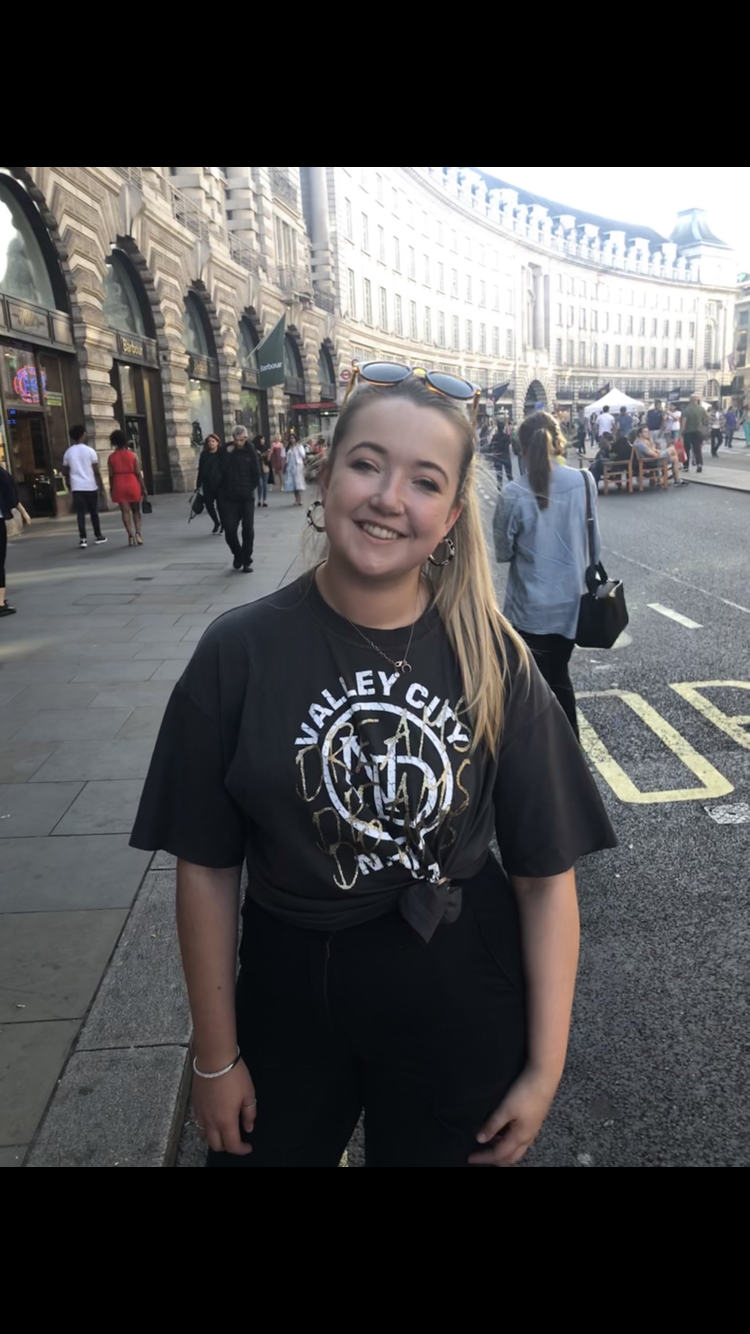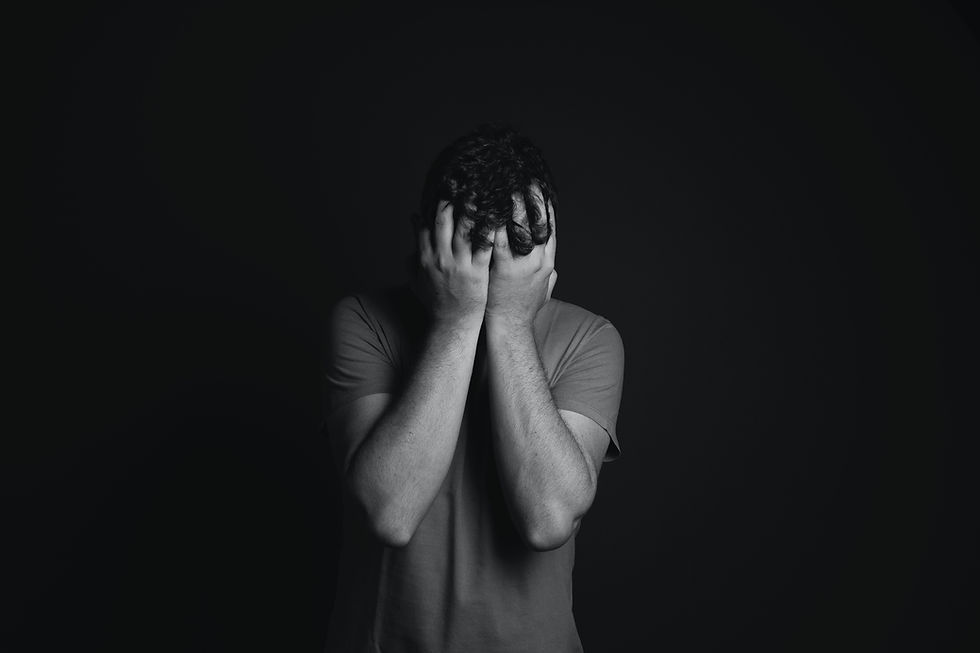Can We Improve Plus Size Options?
- Kristina Evans

- Oct 8, 2020
- 5 min read
Updated: Aug 20, 2021
MIKA once said, “Big girl, you are beautiful,” and I would like to begin by saying that in 2007, he was right. His well-loved song was almost ten years early to the party as it was 2017 by the time we started to see some real change in the fashion industry in terms of normalising plus-size beauty.
With campaigns for change pioneered by the Women’s Equality Party and their hashtag #NoSizeFitsAll, people began taking notice at London Fashion Week of the size 12 and above models strutting the catwalk in a higher quantity than ever.
So we would expect a lot has changed since then, three years later, right?
Unfortunately, the Women’s Equality Party has still not had their four tenets for model’s safety and inclusivity legalised. Consequently, wearing plus-sized clothing is still far from unproblematic.
The right kind of plus size
Plus-size clothing for women is improving. Many famous clothing companies have been taking lucrative strategies to branch out and include their own plus-size sub-brands tailoring to a larger body profile. The likes of ASOS, River Island, New Look, Missguided and many other of our favourite retailers are beginning their “curve,” or “plus,” ranges starting at a size 16 and given a great big red tick on the cultural scoreboard.
FashionUnited has discovered that there is overwhelming data that the plus size market opportunity is outpacing the growth of straight-size women’s clothes, so there is a clear economic benefit for companies to develop a successful range of plus size clothing, from size 16 all the way to 32.
However, the industry is presenting us with a confusing message in terms of their plus size options. The very few plus size women we are seeing are becoming the token larger ladies, and they aren’t very large at all. Ashley Graham has become a household name as the quintessential plus-size model, and there are some others such as Hunter McGrady who is the curviest woman ever to feature on Sports Illustrated at a size 16, and former beauty queen Candice Huffine.
The women are all successful models in the industry, but as a collective, they all represent only one demographic: White women with toned tummies, sculpted cheekbones and jawlines, slim waists and arms, curvy thighs and big boobs. Very unlike the majority of women buying the clothes they are modelling.
Are they even plus size?
The women modelling plus-size clothing options are often between a size 12 and 16, and now many highstreet retailers would not even classify these sizes as plus size, with Topshop sizing their standard ranges into a size 16 and other stores not even distinguishing between straight size and plus size.
It seems like a rule of thumb, the more expensive the store, the higher the segregation between sizes, which can be seen as direct manipulation from top designers determining who they want to see wearing their clothes.
If Gucci’s largest belt has a length of just 120 cm, it is clear who they don’t want representing their brand. As a sad truth, designers seem to be deciding who would look better in their plus size clothes and by modelling them on women who are not always plus size, it is not who we think it should be.
This seems to be something that is happening more often than we would expect. A model called Danielle revealed that she has seen other models having to use padding: a girl had been picked to walk for a major celebrity brand but clearly wasn’t big enough for them, so they had to fake it. If anything, this tells us real plus size women are not wanted in the industry.
Size 12 women are wanted with extra padding as the more palatable option rather than seeing rounded tummies, hip dips, love handles, cellulite or body shapes which don’t seem to be the perfect hourglass.
How the plus size women feel about it
With plus-size clothing being created to look better on women who aren’t actually plus size, there is a constant struggle for the women outside these sizes to feel good about themselves. It becomes a form of invisible labour to go into stores and find clothes that are clearly meant to represent them, without having to pay 40% more for a plus-size option than its standard-sized counterpart.
With plus-size clothing ranges often being a small add on in the dusty corner of the back of a store, feeling constantly deflated about your body shape is easy to understand. Plus size clothing is often sloppy and unlike the rest of the clothing in store, if a brand is known for their vibrant patterns or grungy style, this should be expanded into their plus-size ranges, rather than companies sticking a label on a black oversized jumper unlike anything else in their lines and labelling it “boyfriend,” expecting plus size women to bow down in thanks at their poor attempt at inclusivity.
Even with plus-size women taking up 68% of the consumer market, the little time and space that is being invested into genuinely creating stylish clothes for these individuals is diabolical.
A battle not yet won
There is effort coming from companies to promote their body diverse ranges, and while not all of their efforts have been executed entirely right, the intention to normalise plus size clothing beyond tokenism is being widely appreciated.
However, in the current climate it is often impossible to separate plus size fashion from invasive and fetishising imagery, overcompensatory attempts at transgression, identity politics, accusations of promoting unhealthy habits and overtly demonstrating diversity rather than just giving individuals nice clothes that fit them.
As an example, Nike and Adidas have recently come under fire for their use of plus-size mannequins in their stores. Across social media platforms, there has been uproar inciting that the use of these mannequins is equal to promoting an unacceptable lifestyle choice.
This debate has always cursed the innovation of plus size clothing, which we saw very clearly in the controversy caused by Tess Holliday appearing on the cover of Cosmopolitan while weighing over 20 stone and classed as morbidly obese for her height.
There should be discussion regarding the fine line between promoting body positivity as obesity causes a myriad of health problems, but fashion is for everyone regardless of size, height, weight, ethnicity, gender and whatever else makes us different from one another. Fashion should not discriminate or breed hatred. Plus-size clothing must exist, so why not let its wearers feel nice about themselves like everyone else?
There are more sectors which need improvement, the representation of plus-size men in the industry being one worryingly forgotten dynamic, and there is clearly a long way to go. The solution is to not stop demanding improvement, like the Women’s Equality Party who are still refusing to stop.
But today, we can start by envisioning that soon, plus size clothing will just be clothing and designed to a standard that we know is possible.



Comments